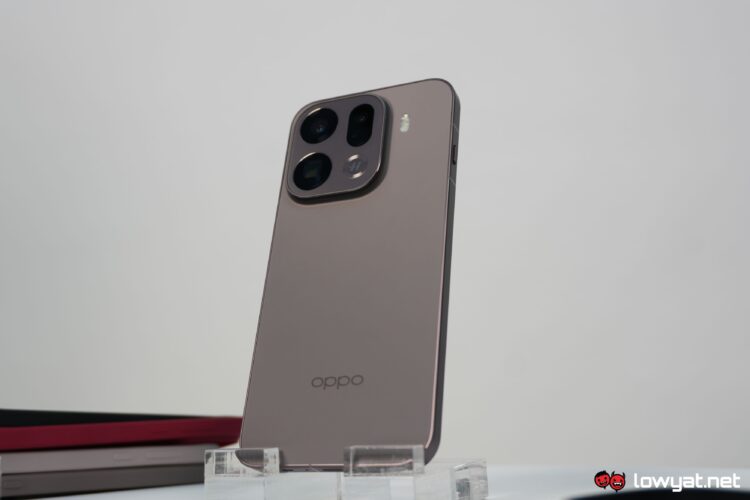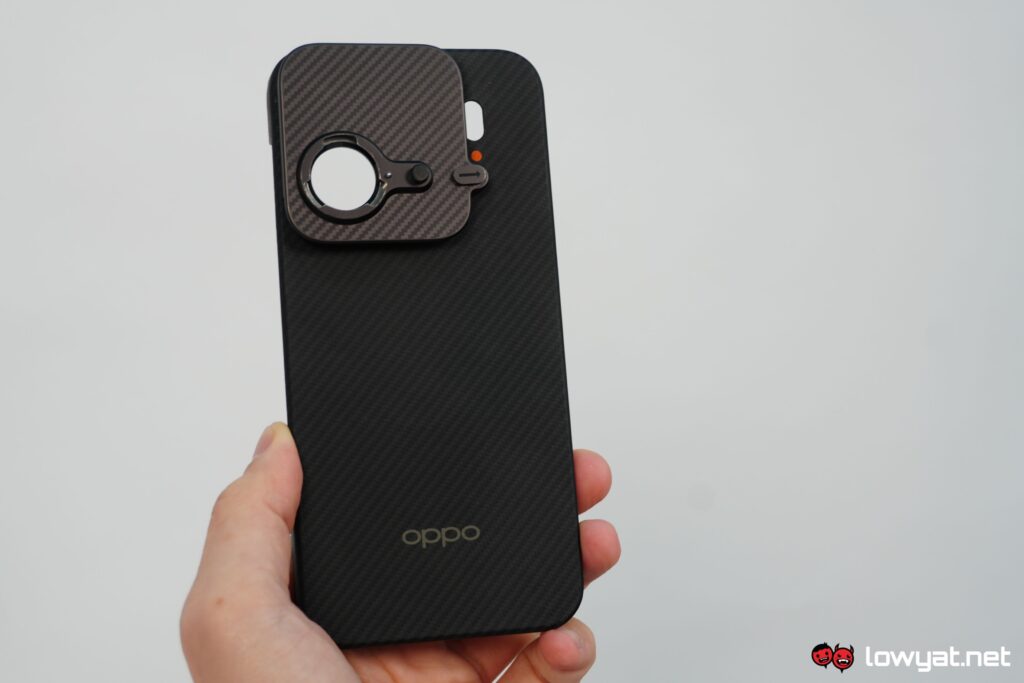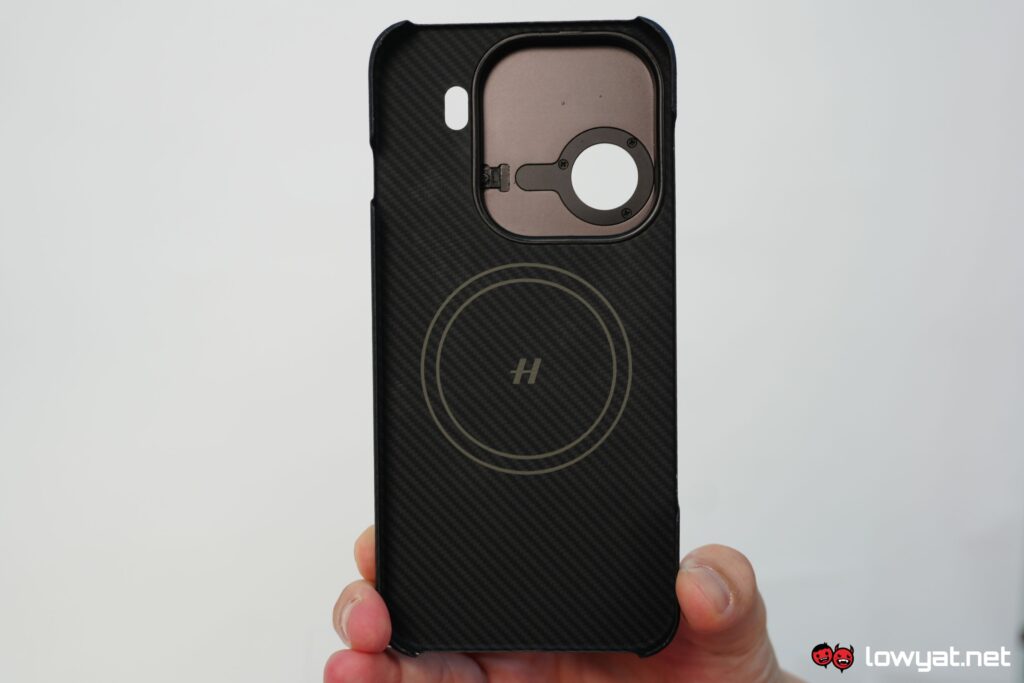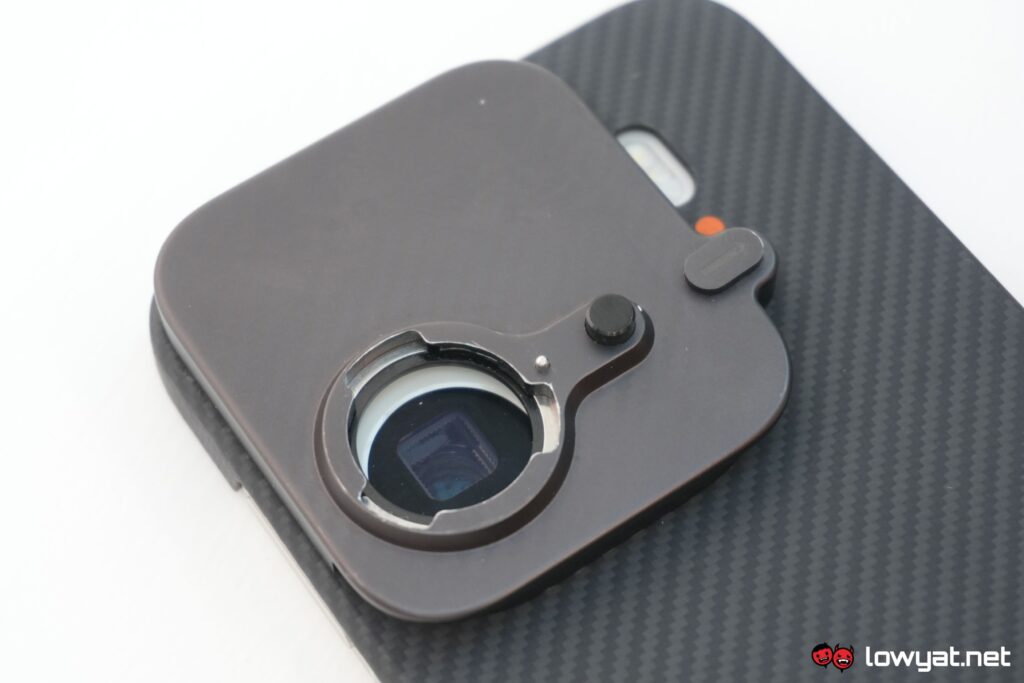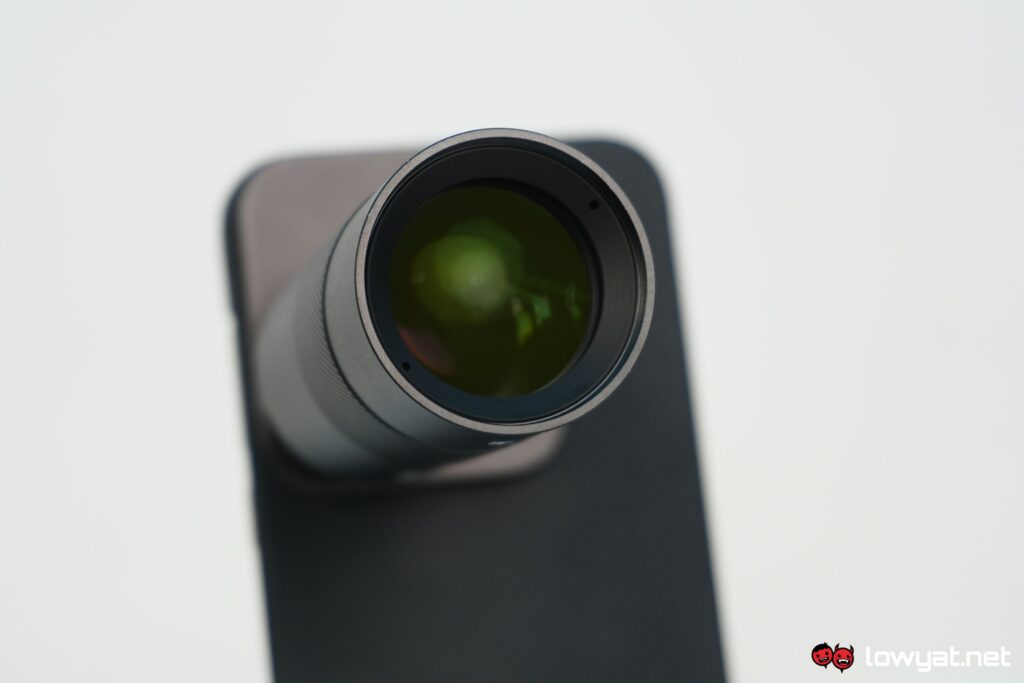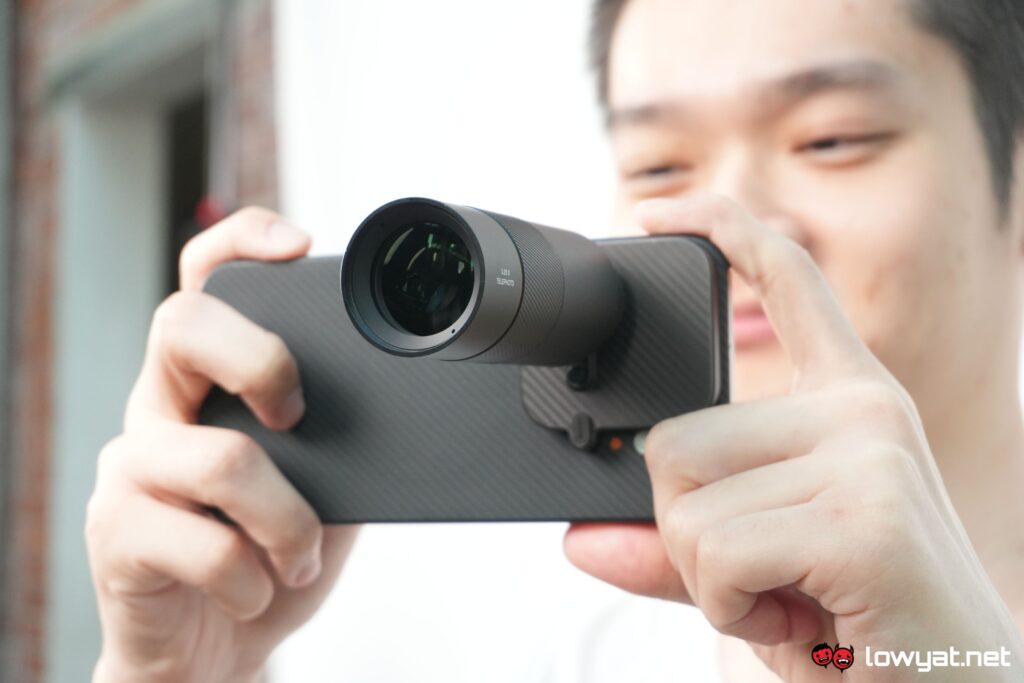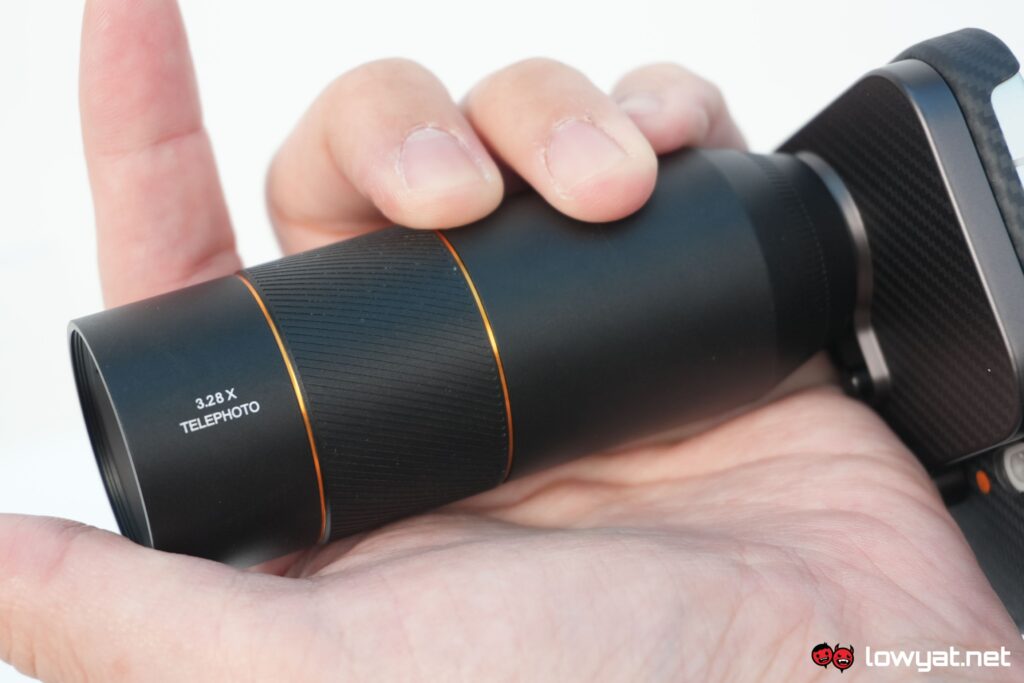As promised by the brand, the Oppo Find X9 Pro is finally being announced, and with that, I am able to talk about the phone at some length. I say at length because, as per the brand’s usual NDAs and list of embargoes, there are details that I’m not allowed still not allowed to share.
It’s all a little confusing, given the details that are already out in the wild. Here’s what we already know: as previously reported, both the Find X9 and X9 Pro are expected to be powered by the MediaTek Dimensity 9500 chipset, along with Oppo’s Trinity Engine technology. For another matter, the X9 Pro will reportedly be fitted with a 7,500mAh battery, as well as feature a dedicated button that handles “AI” based functions. 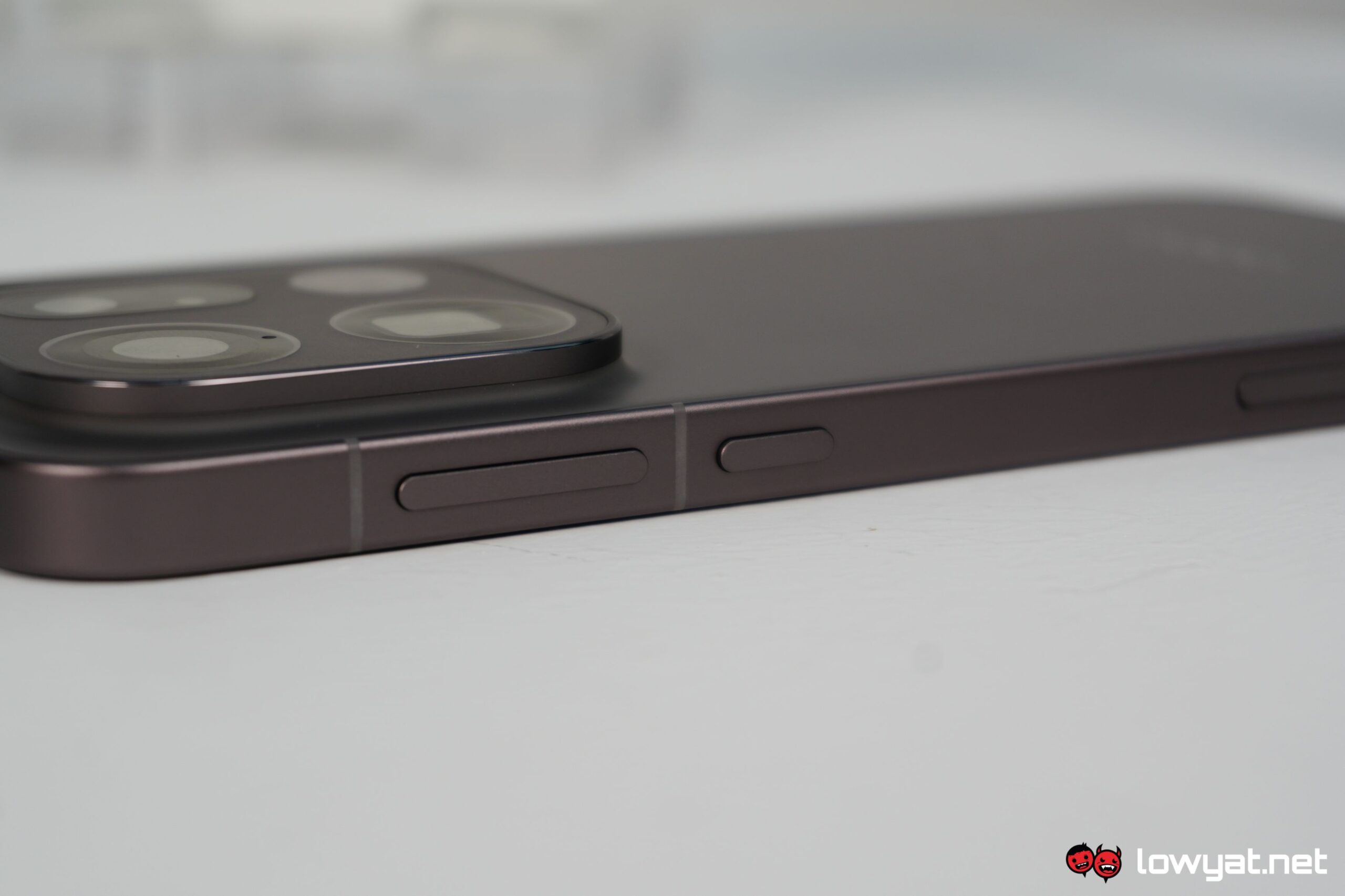
I can physically confirm with you that the action button is the real McCoy, but again, I’m not really allowed to go in-depth about it. What I can divulge at this point is that the button is programmable and isn’t just isolated to AI functions.
As far as designs go, the Find X9 Pro is, in my opinion, borrowing heavily from two brands. The first is Samsung: everything, from similar metal used for its chassis, the placement of its antennas, right down to the rounded corners and non-curved display – a trend that has since fallen out of vogue – would make you think that this one of Samsung’s latest Galaxy S25 Series flagship, and you’d be forgiven for it.
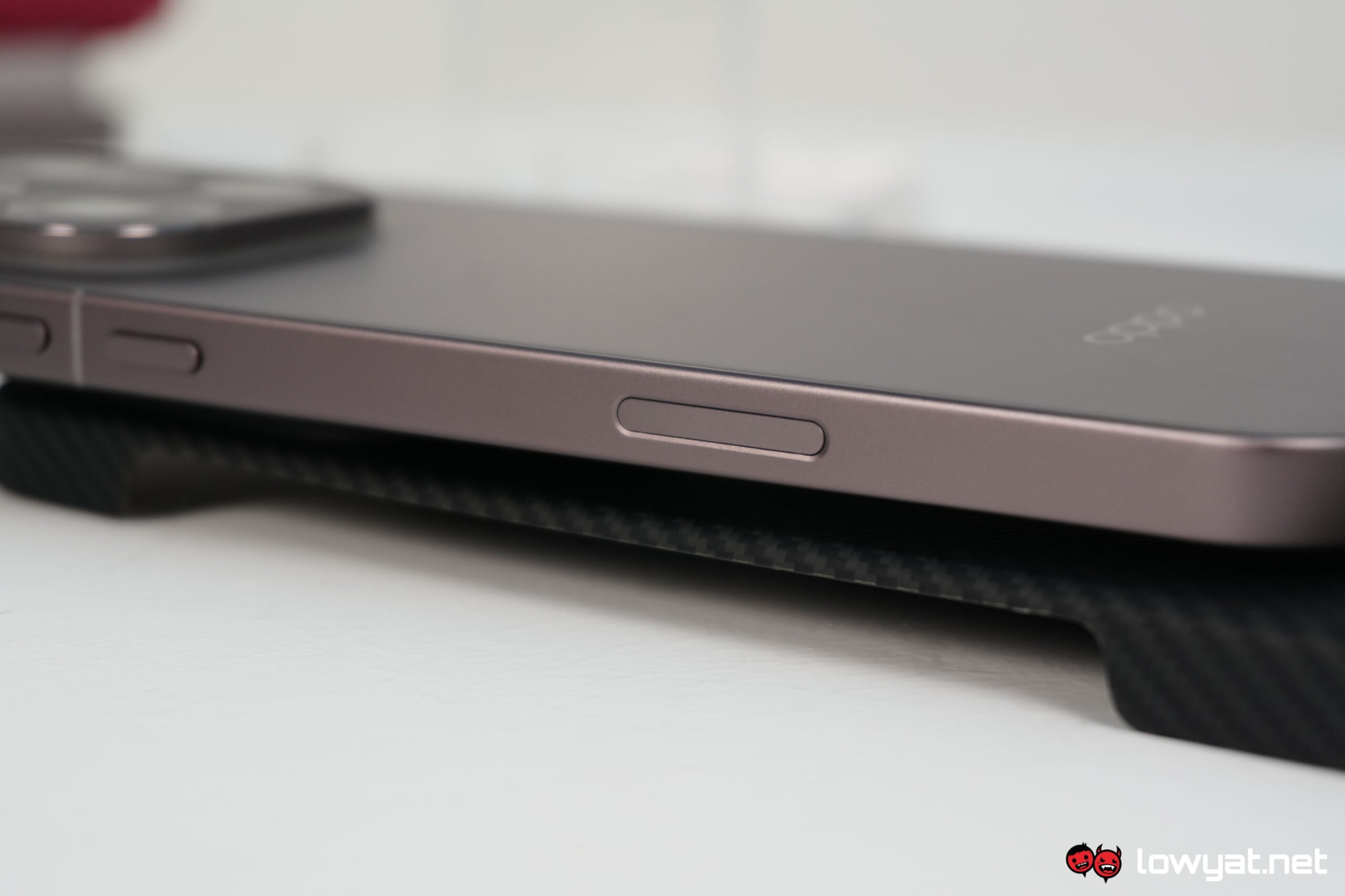
There are a few things that sets the Find X9 Pro apart from its Korean rival. The first is the obvious square-shaped main camera module at the back. The second is the dedicated action button that we talked about. The third is the “shutter” button, located on the same side as the power button and volume rocker, and the other physical feature Oppo is borrowing, this time from Apple.
Again, I can’t go into the specifics of the camera sensors, but the function of this button feels a carbon copy of the button introduced on the iPhone 16 Series, and then brought forward with the current iPhone 17 Series. It’s even awkwardly positioned so far into the side, my initial comparisons between the shutter button of the Sony Xperia 1 VII come into play here.
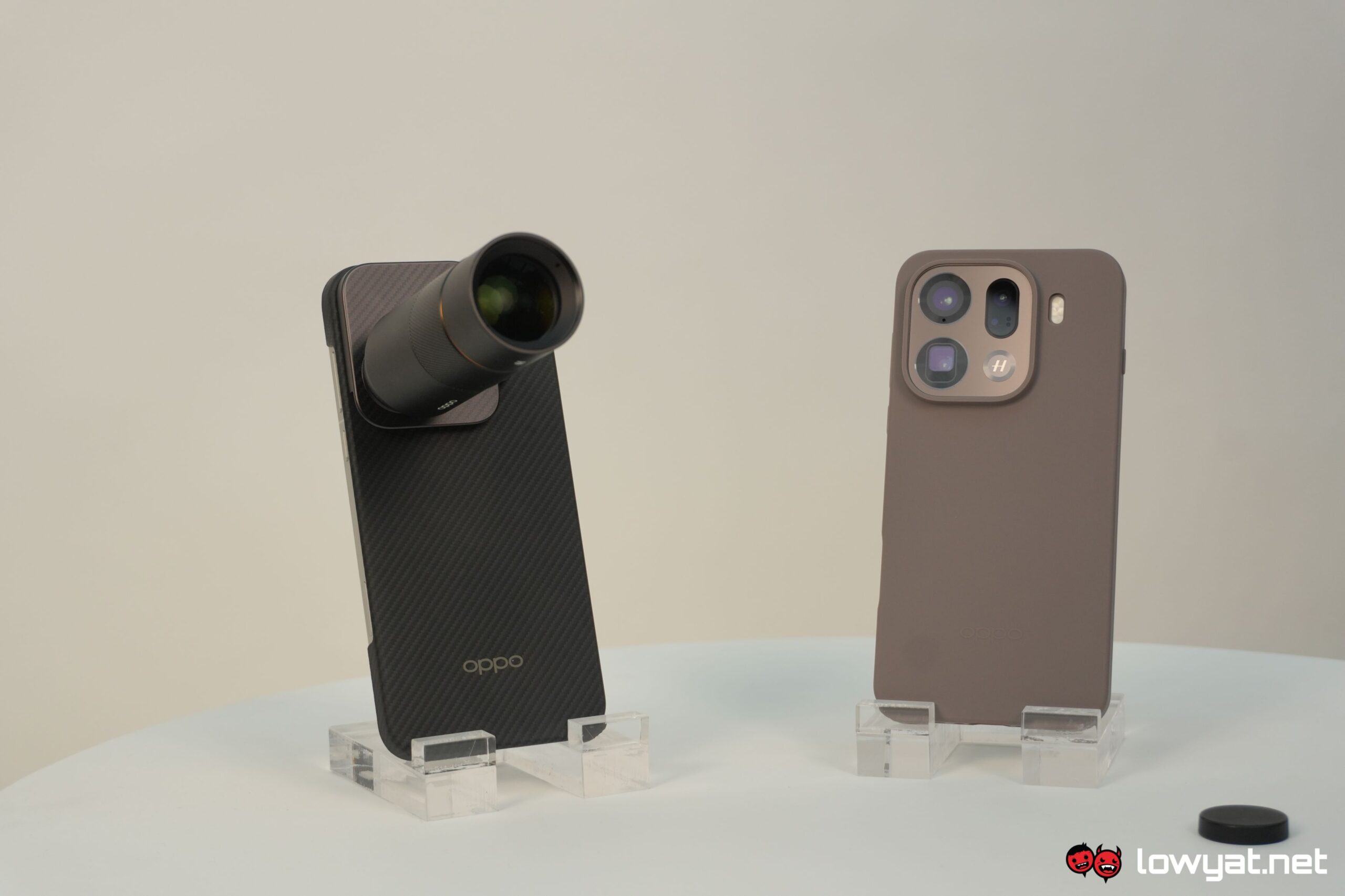
Zoom is clearly a main talking point with the Find X9 Pro, given how Oppo was also keen to show off the Hasselblad teleconverter kit that can be used with it. This was a very impressive piece of mobile photography kit, comprising a prime zoom lens that you connected to the camera via a special casing and adapter that you slid into place, with a satisfying click that tells you it’s in place.
One thing to note was that the prime zoom lens locks your default minimum zoom range in at 10x, with room to go all the way up to 40x before the phone’s digital zoom takes over, and you start to lose image quality.
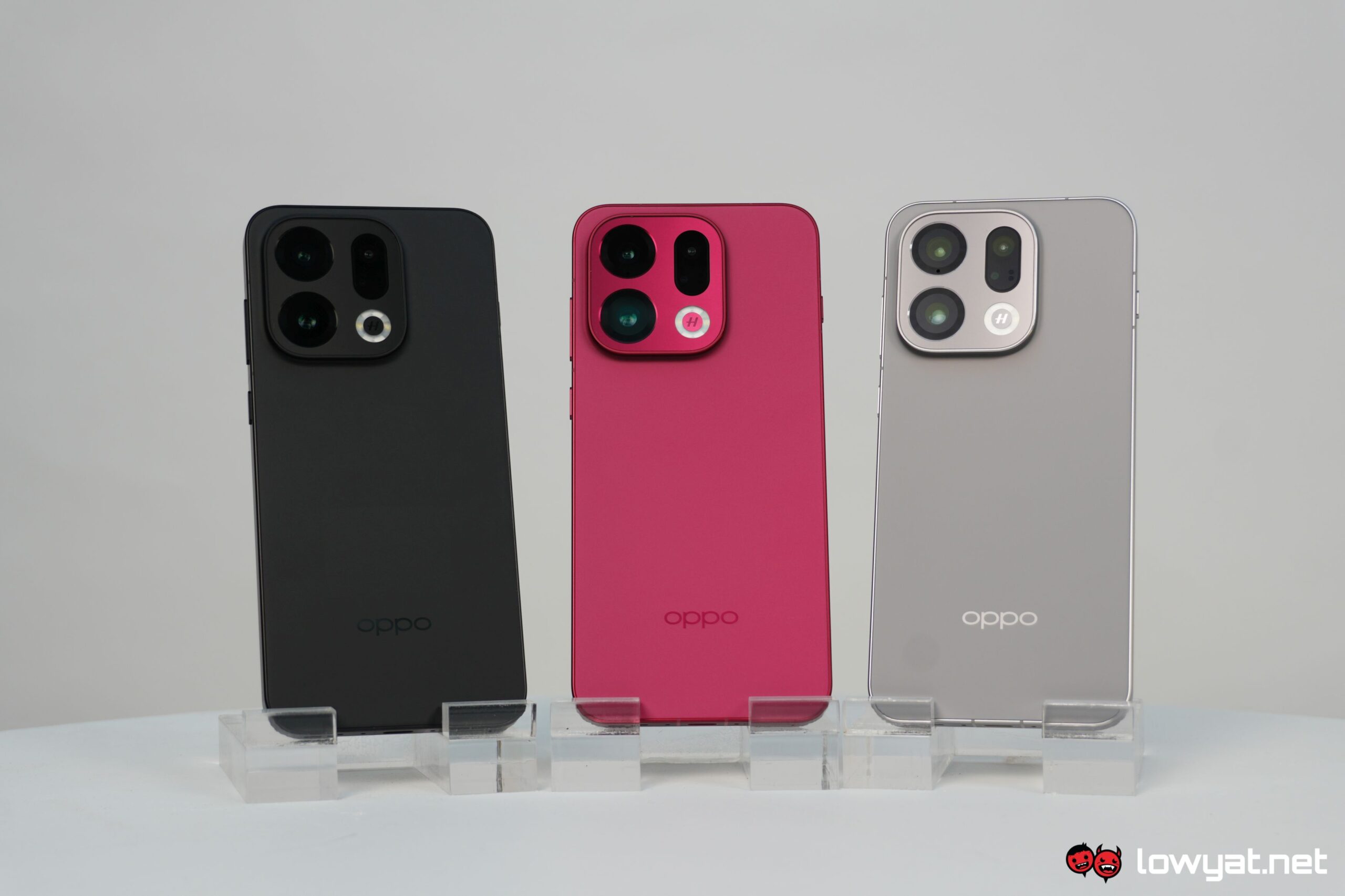
The non-Pro Find X9 was also in attendance at the closed-door event. The phone is basically a smaller and less potent version of the Pro, at least in the photography department, and lacks the dedicated shutter button. Again, it looks remarkably similar to its Korean rival, but goodness, if it isn’t a pretty looking thing.

